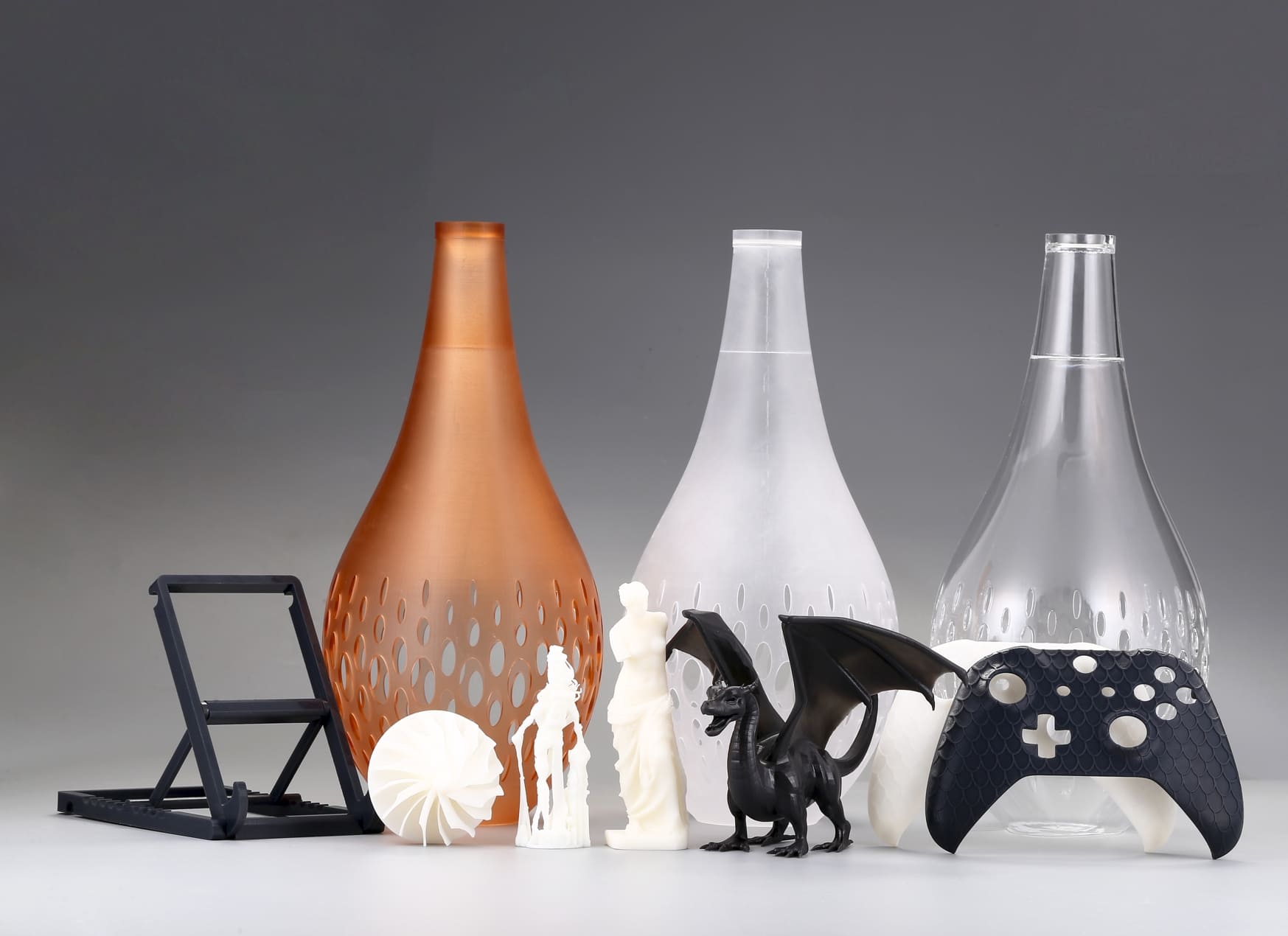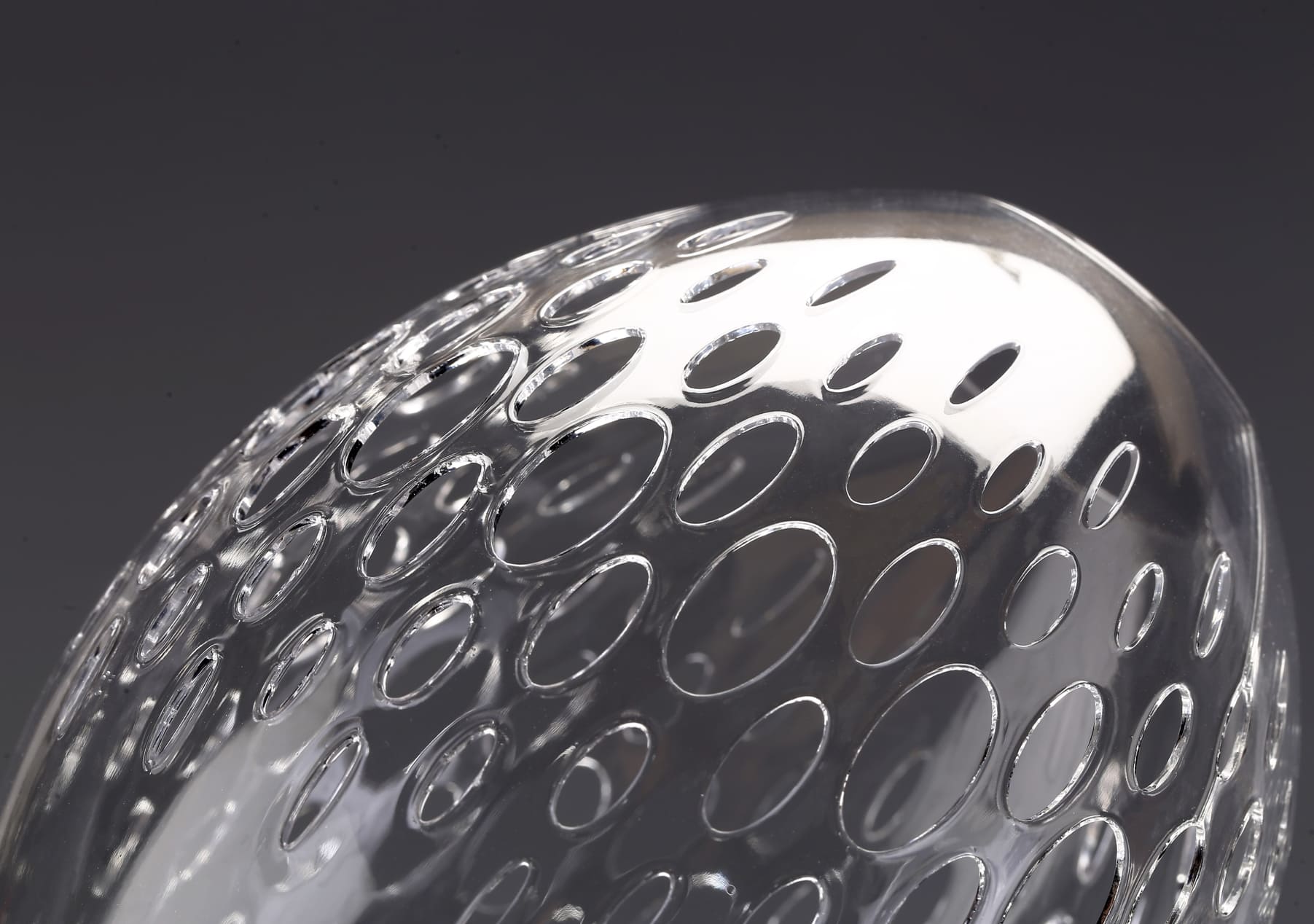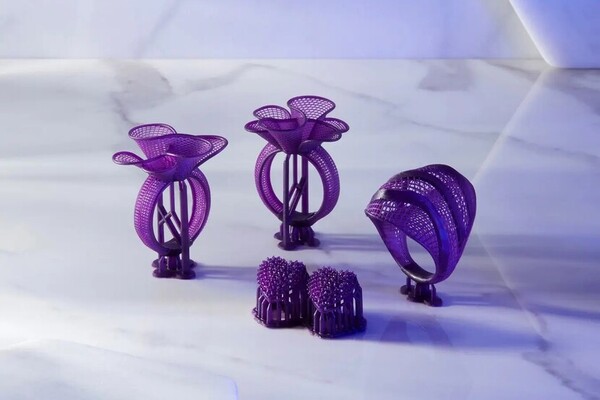LCD 3D printing, also known as Masked Stereolithography (MSLA), has rapidly become one of the most popular resin-based 3D printing technologies. By using an LCD screen to selectively mask UV light and cure liquid resin layer by layer, MSLA printers deliver high-resolution prints with smooth surfaces and intricate details.
But here’s the catch: the material you choose is just as important as the process itself. Different resins offer different strengths, flexibilities, finishes, and costs. Selecting the right resin can mean the difference between a brittle prototype that cracks under pressure and a durable, functional part that performs as intended.
Core Resin Materials for LCD 3D Printing
1. Standard Resins
• Overview: The most widely used and affordable resin type.
• Properties: Good detail, smooth surface finish, moderate strength.
• Applications: Prototypes, figurines, visual models, and general-purpose prints.
• Pros: Easy to print, cost-effective, widely available.
• Cons: Brittle compared to engineering resins, limited mechanical performance.
2. Tough & Durable Resins
• Overview: Designed to mimic the strength and impact resistance of ABS plastic.
• Properties: Higher toughness, less brittle, withstands stress and handling.
• Applications: Functional prototypes, enclosures, and mechanical parts.
• Pros: Stronger and more durable than standard resins.
• Cons: Slightly more expensive, may require fine-tuning print settings.
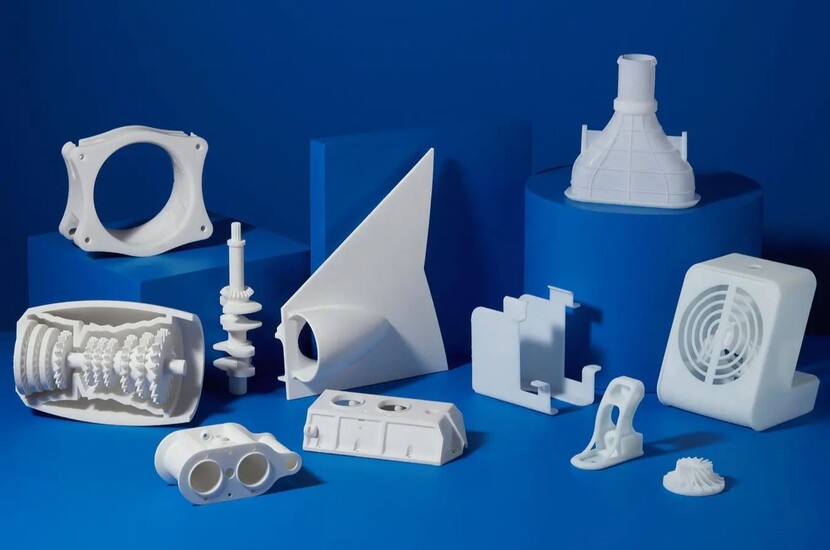
Image Source: Formlabs
3. Flexible & Elastic Resins
• Overview: Rubber-like materials with varying levels of flexibility.
• Properties: High elongation, soft touch, bendable without breaking.
• Applications: Gaskets, grips, wearable parts, cushioning components.
• Pros: Unique mechanical properties not possible with rigid resins.
• Cons: More challenging to print, prone to warping or tearing if unsupported.
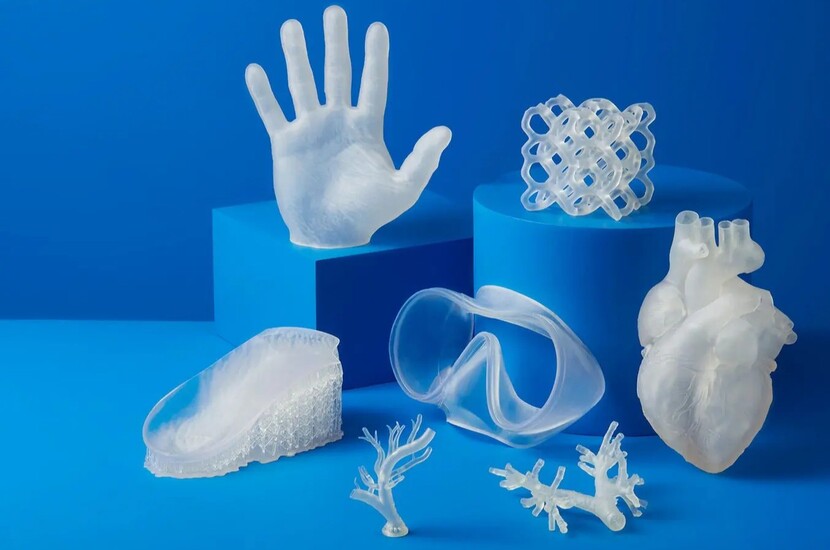
Image Source: Formlabs
4. High-Detail / Model Resins
• Overview: Optimized for ultra-fine resolution and smooth finishes.
• Properties: Crisp details, excellent surface quality, low shrinkage.
• Applications: Miniatures, jewelry prototypes, dental models.
• Pros: Exceptional detail and aesthetics.
• Cons: Limited strength, not suitable for functional parts.
5. Engineering & Specialty Resins
• Overview: Advanced formulations for industrial and technical use.
• Properties: Heat resistance, chemical resistance, ceramic or glass-filled options.
• Applications: Functional prototypes, tooling, end-use parts.
• Pros: Tailored for demanding environments.
• Cons: Higher cost, often requires precise handling and curing.
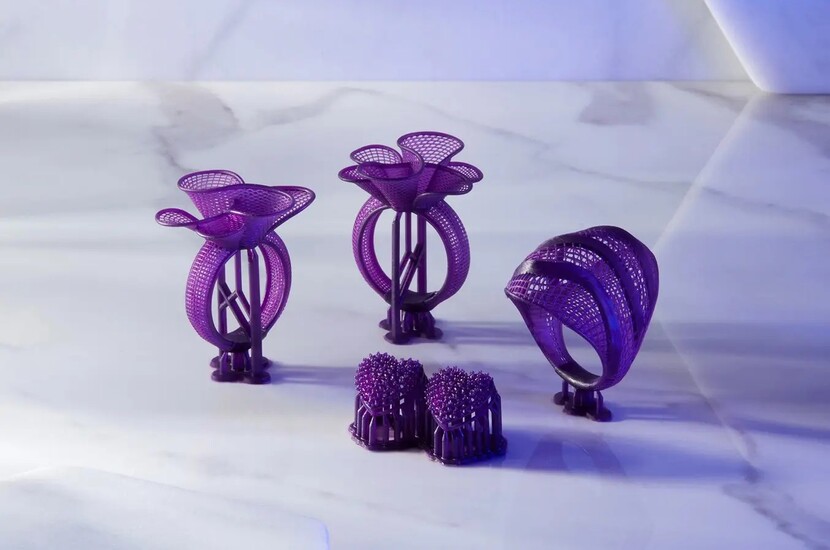
Image Source: Formlabs
6. Biocompatible & Dental Resins
• Overview: Certified resins for medical and dental applications.
• Properties: Safe for skin or oral contact (when properly processed).
• Applications: Dental models, surgical guides, hearing aids.
• Pros: Regulatory compliance, specialized performance.
• Cons: Strict handling requirements, limited to professional workflows.
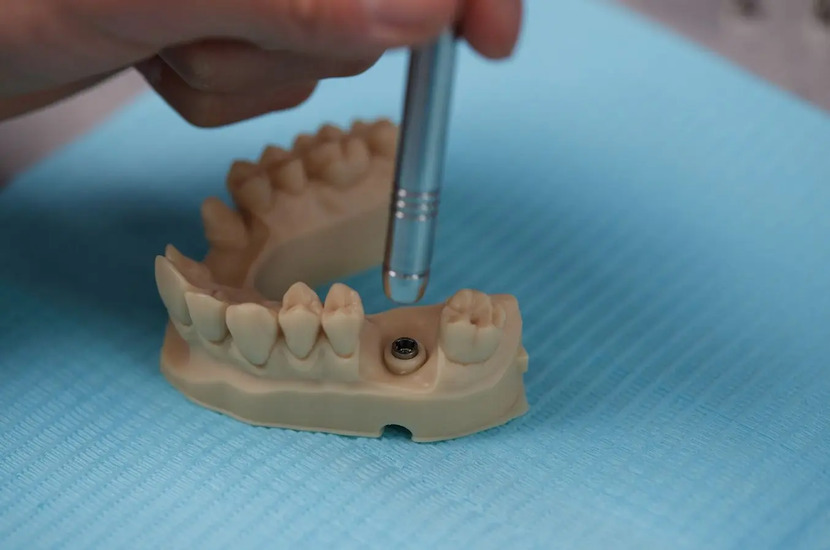
Image Source: Formlabs
Tips to Choose the Right Resin
1. Match Resin to Application
• Visual models & prototypes: Standard resin is sufficient.
• Functional parts: Tough or engineering resins are better.
• Wearables or flexible parts: Choose elastic or flexible resins.
• High-detail miniatures: Go with model/detail resins.
• Medical/dental use: Only certified biocompatible resins.
2. Balance Cost vs. Performance
• Standard resins are the cheapest but are limited in strength.
• Tough and engineering resins cost more but save time by reducing part failures.
• Specialty resins may be worth the investment for critical applications.
3. Consider Post-Processing Needs
• Some resins require longer curing times or special cleaning solutions.
• Flexible resins may need gentler handling during washing.
• Engineering resins often demand precise curing to achieve full strength.
FAQs
Q: What’s the difference between LCD, DLP, and SLA printing?
A: SLA uses a laser to cure resin point by point. DLP uses a projector to cure entire layers at once. LCD/MSLA uses an LCD screen to mask UV light, offering a balance of speed, detail, and affordability.
Q: Are all resins compatible with every LCD printer?
A: Not always. Some engineering or specialty resins require specific light wavelengths or exposure settings. Always check compatibility with your printer model.
Q: Can I mix different resins?
A: Mixing is possible but not recommended unless the manufacturer specifies compatibility. Inconsistent curing and unpredictable properties may result.
Q: How long do resin prints last?
A: With proper curing and storage, resin prints can last for years. However, exposure to UV light and humidity can degrade them over time. Engineering resins generally offer better longevity.
Q: Is resin printing safe at home?
A: Yes, if handled responsibly. Always wear gloves, use eye protection, and ensure good ventilation. Avoid skin contact and never pour uncured resin down the drain.












